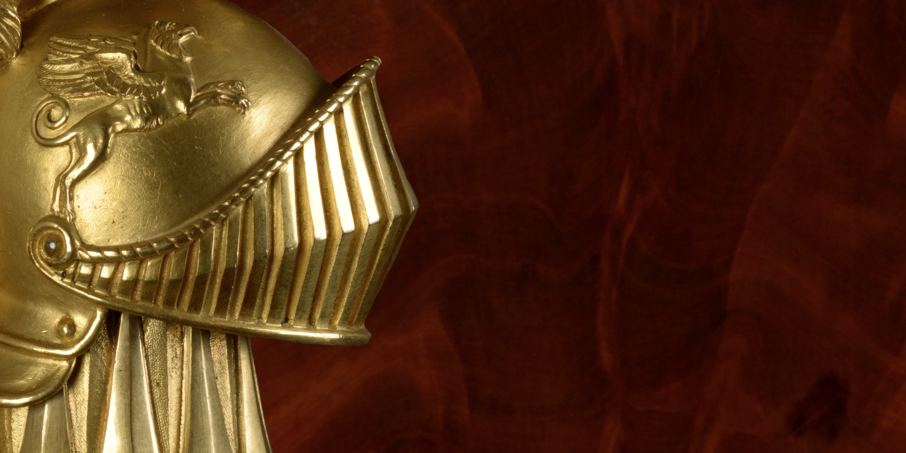The goldsmith of Napoleon I
The destiny of Guillaume Martin Biennais is one of the most astonishing of the Napoleonic period, a modest artisan who came from his native province to try his luck in Paris and who, despite the troubles of the Revolution, became one of the emperor's privileged suppliers. and his family and the imperial court. Originally a simple table maker, manufacturer of small objects in precious wood and in particular game boxes, he knew very early on to diversify his activity by also offering mahogany boxes containing essentials. It was on this occasion that he met General Bonaparte by selling him a kit on credit before his departure for the Italian campaign. His boutique on rue Saint-Honoré Au Singe Violet then offered the new wealthy clientele of the Directory many fashionable objects, both tablets and cabinetmaking. He then introduced himself as “Merchant table maker – cabinetmaker and fan maker”. Far from his initial training, he organized his activity by subcontracting the objects requested of him, with renowned craftsmen such as cabinetmakers Moreau or Georges Jacob or architects of power such as Percier and Fontaine. From the Consulate, Biennais oriented its production towards goldsmithing and became the supplier to the First Consul in the Tuileries and Saint-Cloud. Throughout the Empire, he remained the supplier to the Emperor, the imperial family and the European courts. His fame made him one of the most important entrepreneurs of the early 19th century. Established on rue Saint-Honoré, employing more than eighty workers in 1808. His unusual social rise and the excellence of his production ensured him a certain fortune, which he intelligently invested in numerous real estate assets, both in Paris and 'in the countryside. When he died, his widow bought the Yerres estate where she lived for around fifteen years and where she refurbished the master bedroom with extraordinary furniture that is still in place today.
The Maison des Caillebotte, who are also cousins of the Biennais, therefore has every legitimacy to evoke the life and work of this remarkable artist.
On the occasion of the bicentenary of the death of the Emperor, this exhibition will evoke the different aspects of the activity of Martin Guillaume Biennais. The presentation of numerous documents and masterpieces of tabletware (games box, necessities, travel trunk, etc.), goldsmithing (chamberlain's key) and cabinetmaking (travel secretary, flap secretary) will illustrate the various productions sold in his boutique Au Singe Violet. Thanks to loans from prestigious institutions: the Army Museum, the National Museum of the Château de Fontainebleau, the Musée des Arts Décoratifs, the National Museum of the Châteaux of Malmaison and Bois-Préau, the Mobilier national, the Fondation Napoléon and the Emile Hermès collection, around thirty works will illustrate the exceptional career of this artist.






